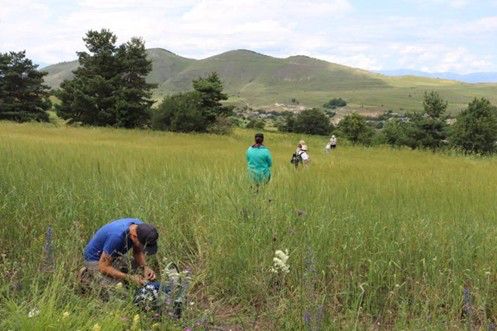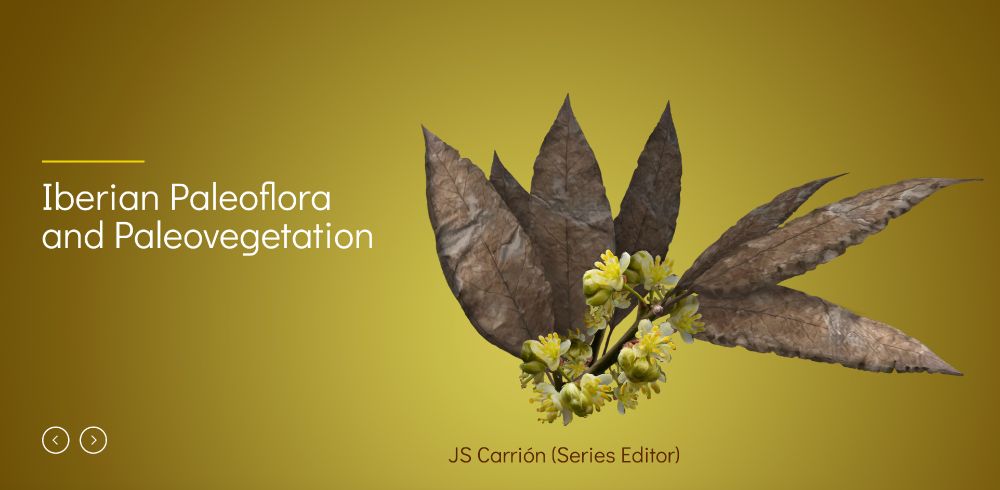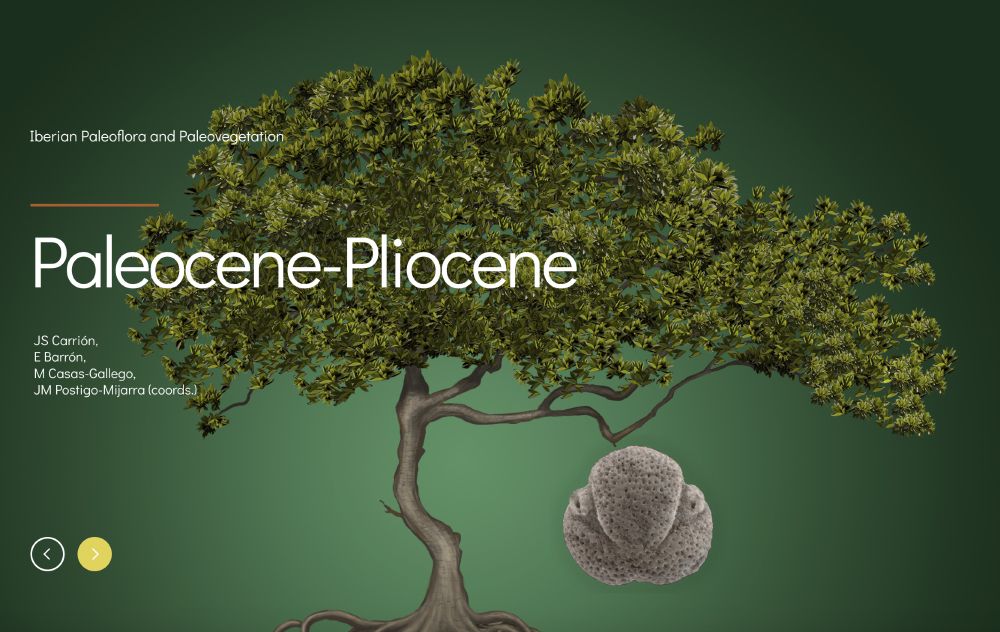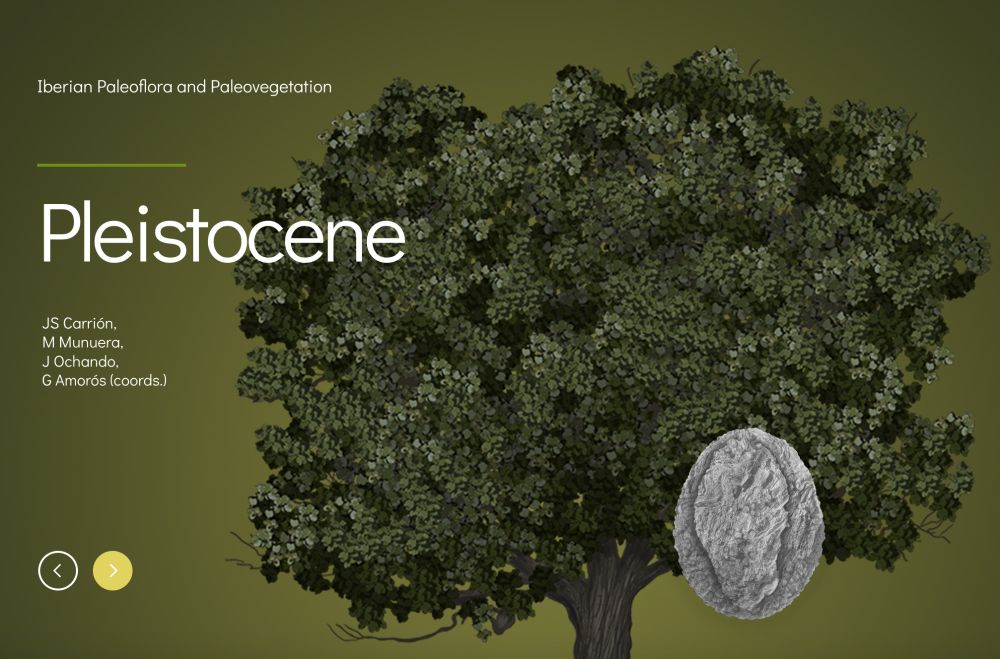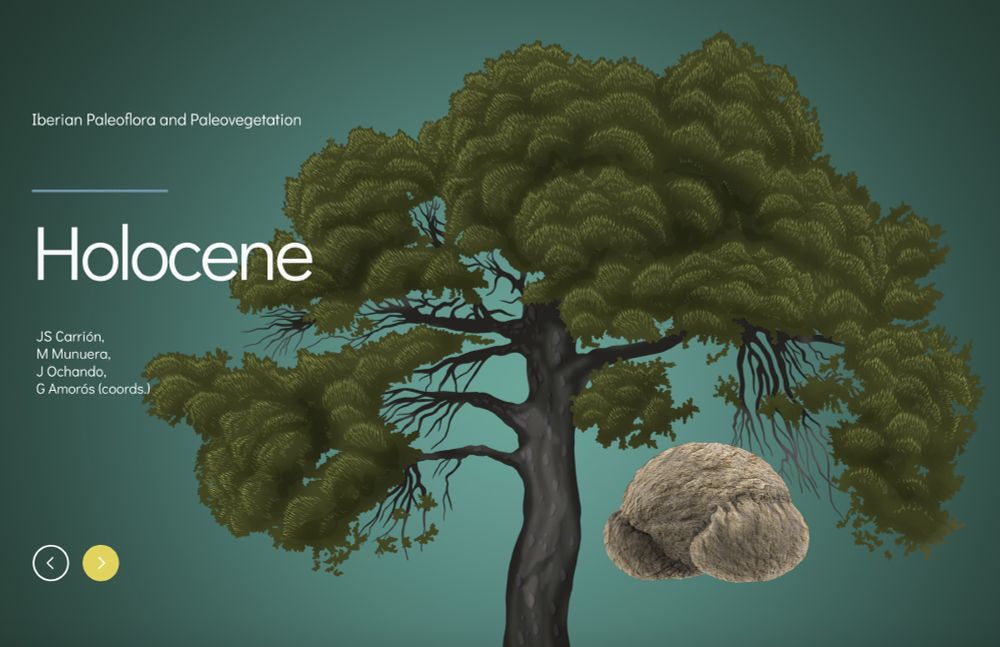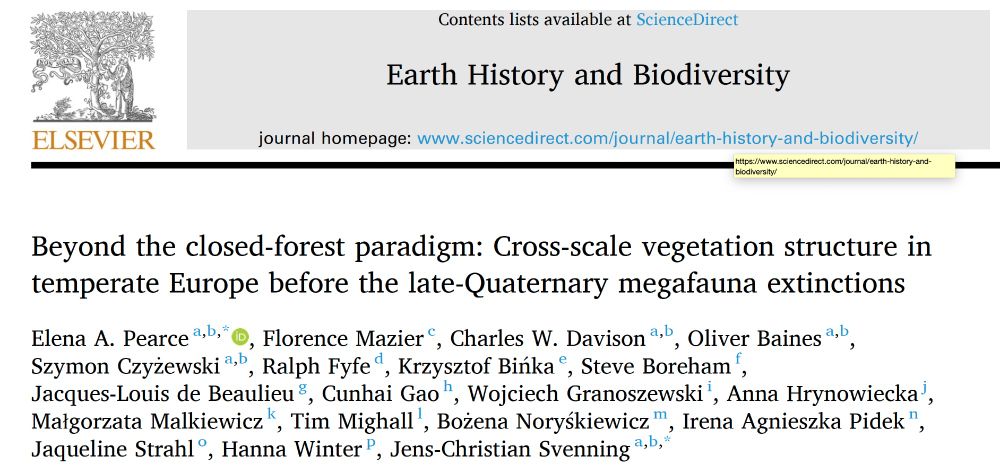Elodie Brisset
@elodiebrisset.bsky.social
150 followers
200 following
8 posts
Researcher CNRS - CEREGE @cnrsecologie.bsky.social
@cerege.bsky.social
#Paleosciences ⏳🔬 - Using #sediment archives to investigate interplay between societies, environments and climate changes 🌍💦🌾🐐
Posts
Media
Videos
Starter Packs
Reposted by Elodie Brisset
Reposted by Elodie Brisset
Nature
@nature.com
· Jul 9

The spatiotemporal distribution of human pathogens in ancient Eurasia - Nature
Screening shotgun-sequencing data from ancient humans covering 37,000 years of Eurasian history uncovers the widespread presence of ancient bacterial, viral and parasite DNA and zoonotic pathogens coincide with the widespread domestication of livestock.
go.nature.com
Elodie Brisset
@elodiebrisset.bsky.social
· Jun 19
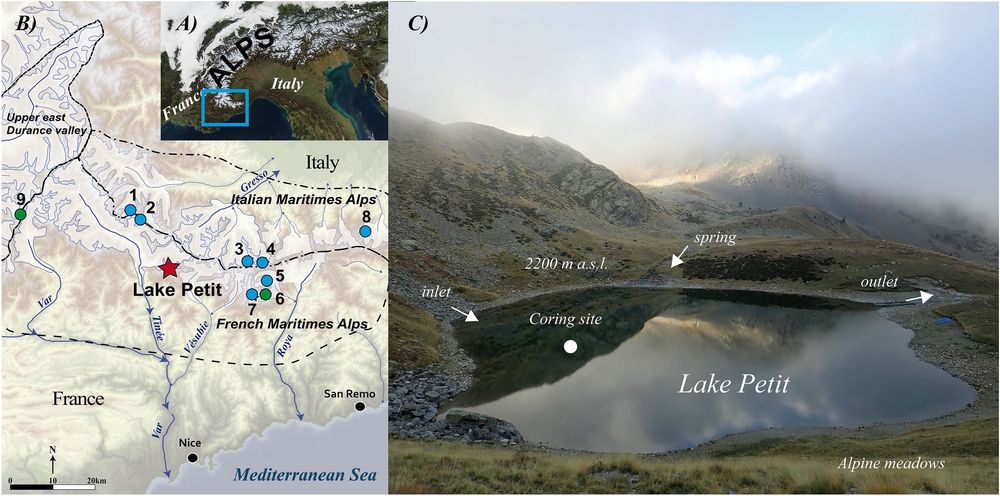
Rapid shifts in an alpine lake ecosystem of the Southern Alps in response to Late Glacial-Holocene centennial-scale events inferred from diatom assemblages - Journal of Paleolimnology
Alpine lakes in the Mediterranean region are experiencing rapid warming, posing a threat to aquatic ecosystem diversity and functioning. Documenting how high-altitude lake ecosystems have responded to...
link.springer.com
Reposted by Elodie Brisset
Reposted by Elodie Brisset
Reposted by Elodie Brisset
Reposted by Elodie Brisset
Reposted by Elodie Brisset
Reposted by Elodie Brisset
Patrice Wuscher
@pwuscher.bsky.social
· Apr 6
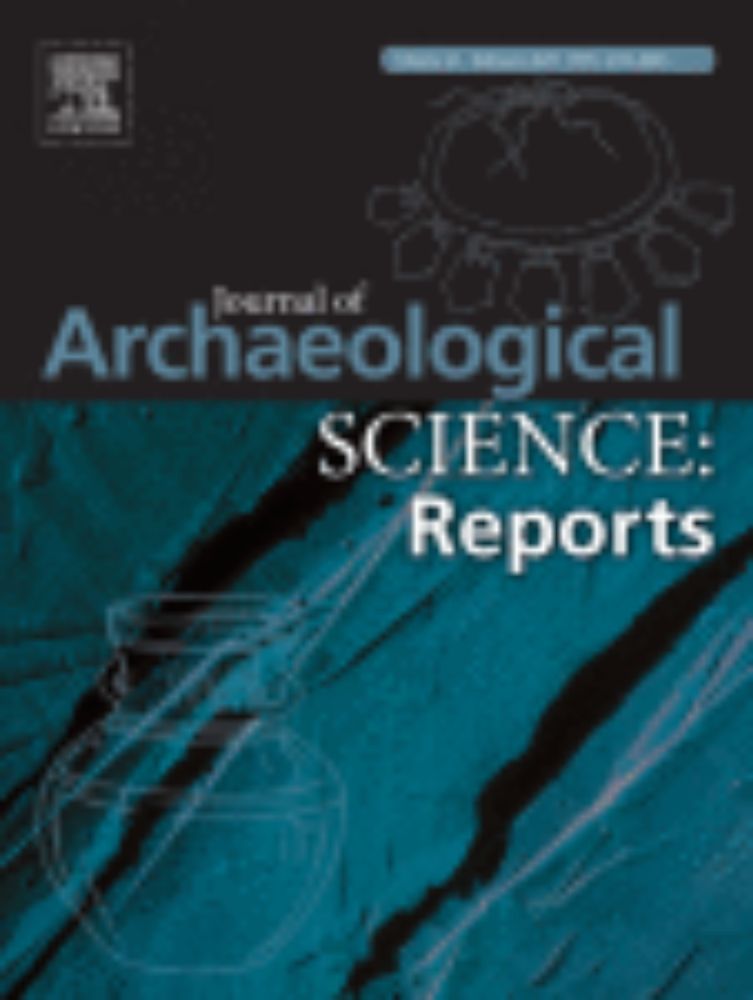
Geoarchaeological evidence of a buried navigable Roman canal in the Rhône delta (France): The Marius canal hypothesis
The Marius Canal is considered the first significant Roman hydraulic infrastructure in Gaul. This navigable canal, constructed at the end of the 2nd c…
www.sciencedirect.com
Reposted by Elodie Brisset
Reposted by Elodie Brisset
Reposted by Elodie Brisset
Eleanor Scerri
@elliescerri.bsky.social
· Feb 26
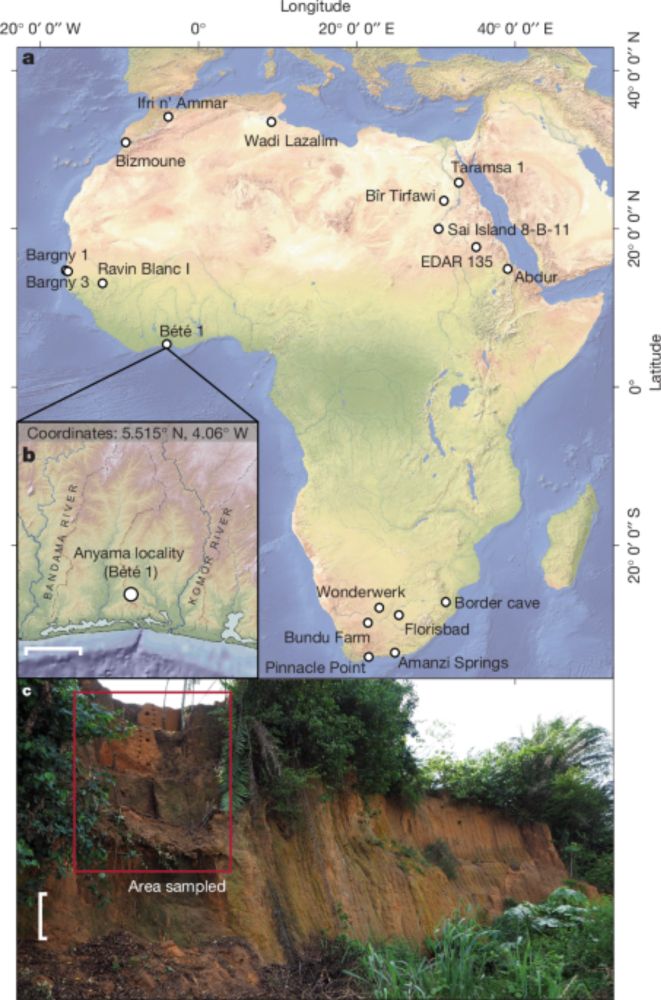
Humans in Africa’s wet tropical forests 150 thousand years ago - Nature
The identification of tools dated to the time of Homo sapiens associated with microfloral evidence of wet tropical forests indicates that West African forests were occupied by humans much earlier...
www.nature.com
Reposted by Elodie Brisset
Reposted by Elodie Brisset






